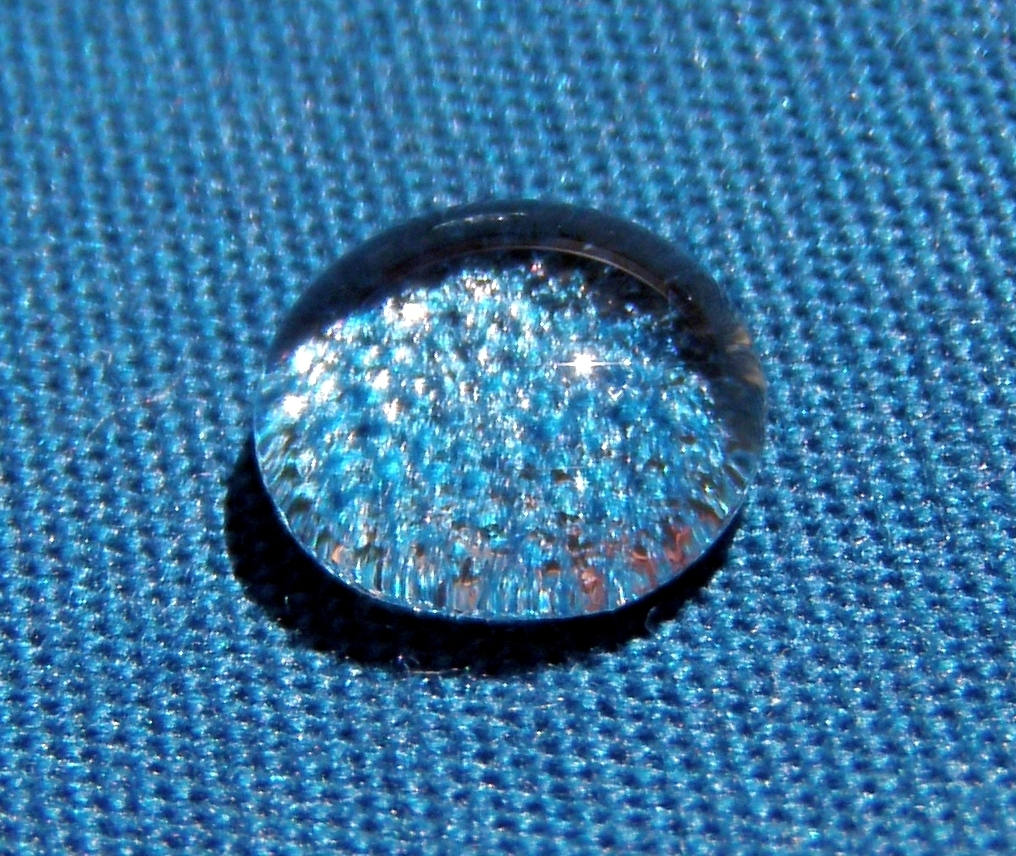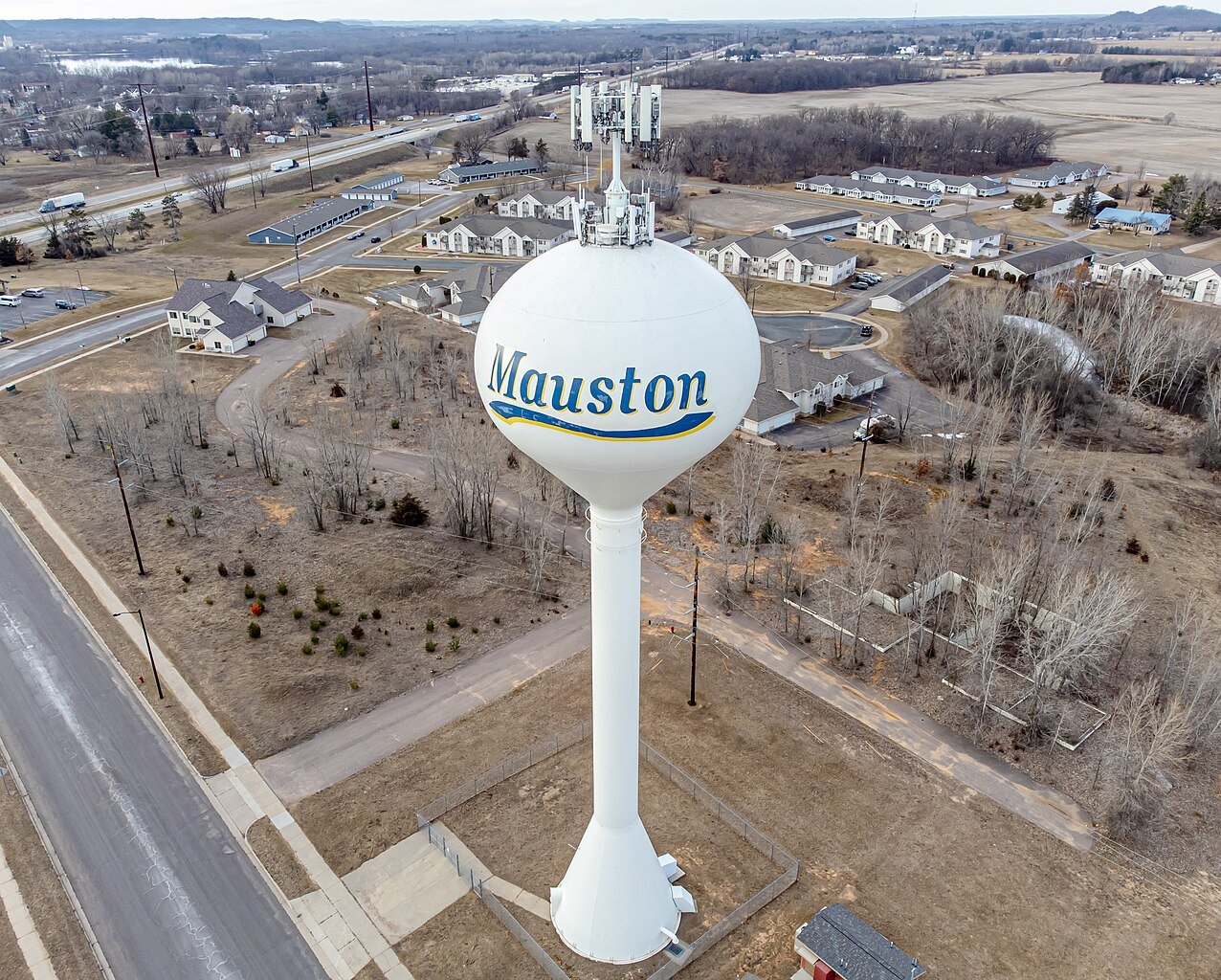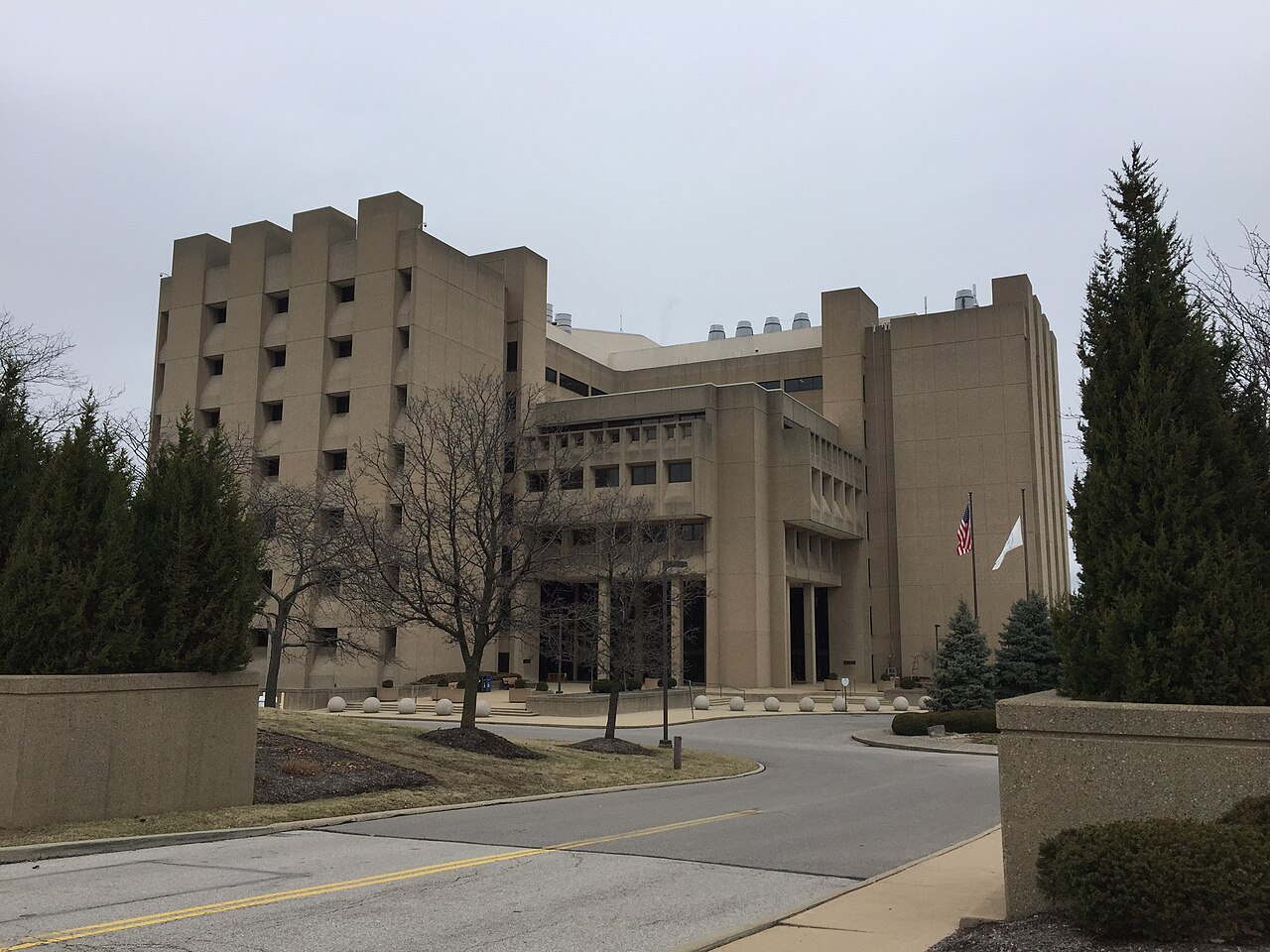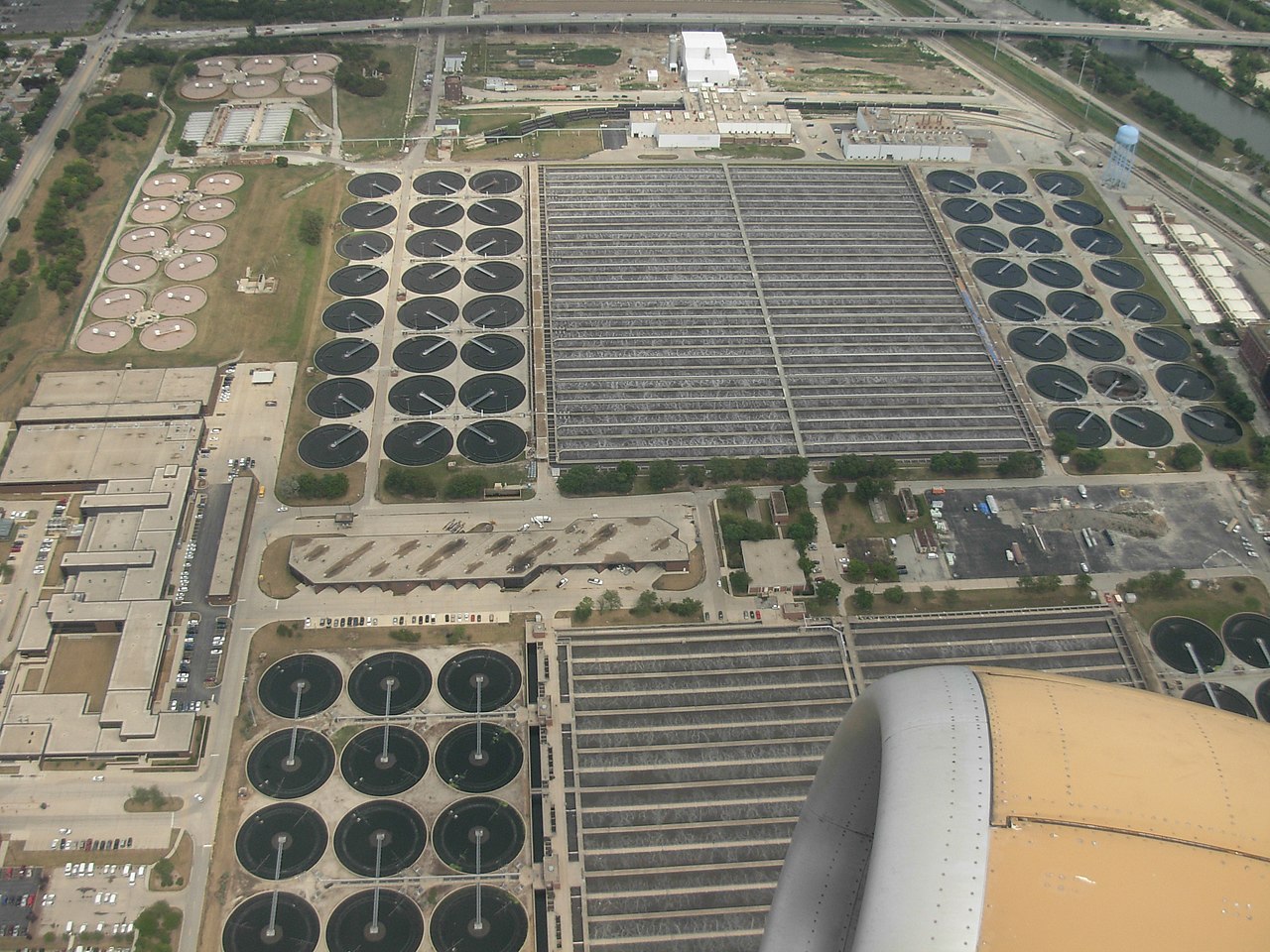A lawsuit against the new water rules set out by the Environmental Protection Agency will be heard by the Supreme Court.
Back in April, the Biden administration in association with the EPA implemented new national limits on per- and polyfluoroalkyl substances present in drinking water.
The Danger of PFAS

PFAS which are also known as “forever chemicals” have been connected to a range of health issues such as cancer.
Though some states had already introduced limits on the permitted amount of PFAS in drinking water, this would be the first nationwide implementation.
Impact on Drinking Water Systems

According to the EPA, between 6 and 10 percent of the 66,000 public drinking water systems that would be subject to the new limits would necessitate action to meet the new standards.
The City and County of San Francisco have been permitted to present a case against the EPA in which they argue that the rules set out by the agency are too vague.
Unclear Legislation

As per the wording of the EPA’s updated Clean Water Act, it would not allow discharges that “cause or contribute to a violation of any applicable water quality standard.”
The case presented by the City and County of San Francisco questions the lack of precision in the changes to the act stating they are not set to a quantifiable, numerical standard.
San Francisco’s Case

In their petition to the Supreme Court, lawyers for San Francisco’s case stated that the EPA does not “specify pollutant limits that tell the permitholder how much they need to control their discharges as required by the CWA.”
They went on to say that “these prohibitions effectively tell permitholders nothing more than not to cause ‘too much’ pollution.”
Issues with Nationwide Implementation

In trying to create a national standard for limits on PFAS, lawyers for San Francisco claim that the generic water quality terms would expose the state along with many other permitholders across the country to enforcement actions.
As these standards are according to the lawyers for the San Francisco case the CWA does not provide enough information for permitholders as to how much they are required to limit or treat their discharges to be in line with the new rules.
Request for Clarification

The director of communications for the city of San Francisco Jen Kwart said in her statement: “We simply want to know in advance what requirements apply to us.”
She went on to say: “We want the EPA to fulfil its duty under the Clean Water Act to determine those requirements. That is fair.”
The EPA’s Case

In response to the lawsuit, the EPA had been trying to compel the Supreme Court to deny the petition as they claimed that narrative limitations were within their remit.
Lawyers for the EPA stated that Section 1311 of the Clean Water Act “requires the achievement of ‘effluent limitations’ and ‘any more stringent limitation, including those necessary to meet water quality standards.’”
The Supreme Court and The EPA

The EPA doesn’t have the best track record going up against the Supreme Court such as in 2022 when there was a 6-3 ruling which defeated Biden’s climate agenda.
During that ruling, Chief Justice John Roberts stated that it was “not plausible that Congress gave the EPA the authority to adopt on its own” a regulatory scheme to cap carbon dioxide emissions to force a nationwide move away from coal use.
The FDA’s Concern

In addition to concerns over the state of the nation’s drinking water, this ruling comes on the heels of the FDA voicing its concern over more than 70,000 cases of Fiji Natural Artisan Water.
The product was recalled back in March due to concern being raised over the water being contaminated with manganese.
Environmental Working Group Findings

The EWG recently released a drinking water map that compiled data from across the nation to highlight the concerning amount of PFAS in drinking water systems.
States that were found to have the most comprehensive amount of PFAS contamination include North Carolina, South Carolina, Alabama, Ohio, New Jersey, Massachusetts, Rhode Island, and Florida.
The Effect of PFAS

PFAS are made up of thousands of man-made chemicals that are present in a variety of everyday items such as grease-resistant food wrappers, firefighting foams and water-resistant clothing.
They are known as “forever chemicals” because of the long amount of time it takes for them to be broken down and they can lead to health concerns if present in high amounts.
The case against the EPA will be difficult to overturn in the Republican-leaning Supreme Court but compelling evidence from the agency’s lawyers could sway some of the Chief Justices.
